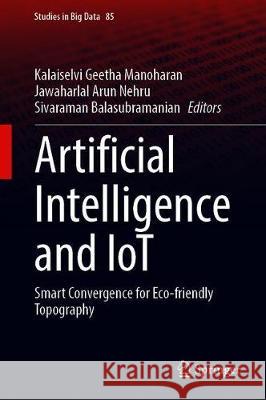Artificial Intelligence and Iot: Smart Convergence for Eco-Friendly Topography » książka
topmenu
Artificial Intelligence and Iot: Smart Convergence for Eco-Friendly Topography
ISBN-13: 9789813363991 / Angielski / Twarda / 2021 / 267 str.
Artificial Intelligence and Iot: Smart Convergence for Eco-Friendly Topography
ISBN-13: 9789813363991 / Angielski / Twarda / 2021 / 267 str.
cena 805,10
(netto: 766,76 VAT: 5%)
Najniższa cena z 30 dni: 771,08
(netto: 766,76 VAT: 5%)
Najniższa cena z 30 dni: 771,08
Termin realizacji zamówienia:
ok. 22 dni roboczych
Dostawa w 2026 r.
ok. 22 dni roboczych
Dostawa w 2026 r.
Darmowa dostawa!
Kategorie:
Kategorie BISAC:
Wydawca:
Springer
Seria wydawnicza:
Język:
Angielski
ISBN-13:
9789813363991
Rok wydania:
2021
Wydanie:
2021
Numer serii:
000472346
Ilość stron:
267
Waga:
0.57 kg
Wymiary:
23.39 x 15.6 x 1.75
Oprawa:
Twarda
Wolumenów:
01
Dodatkowe informacje:
Wydanie ilustrowane











